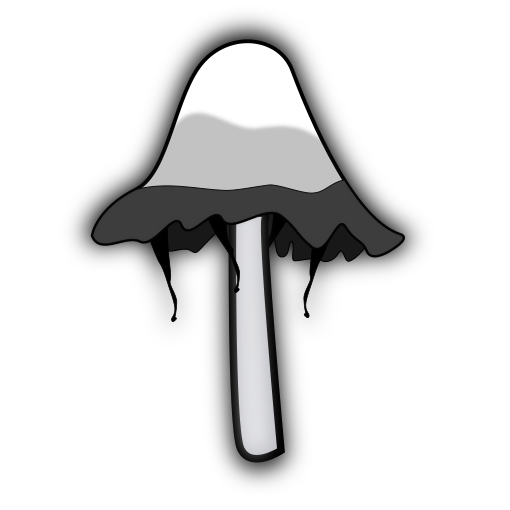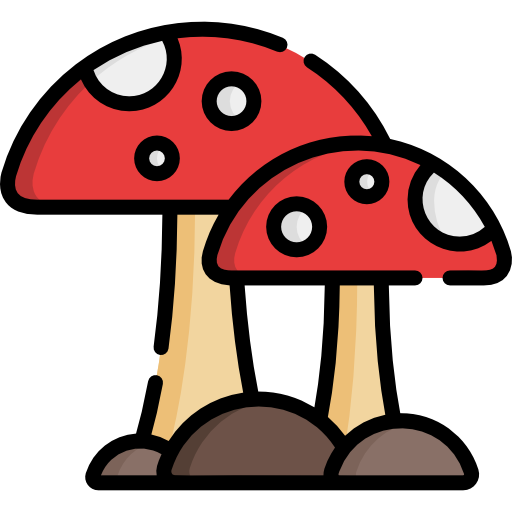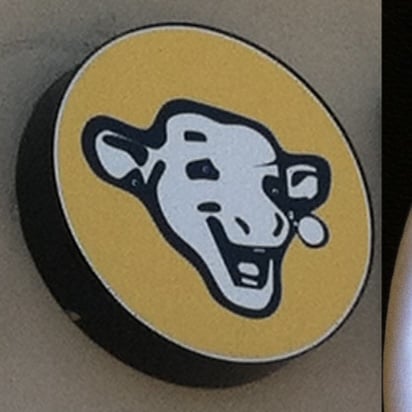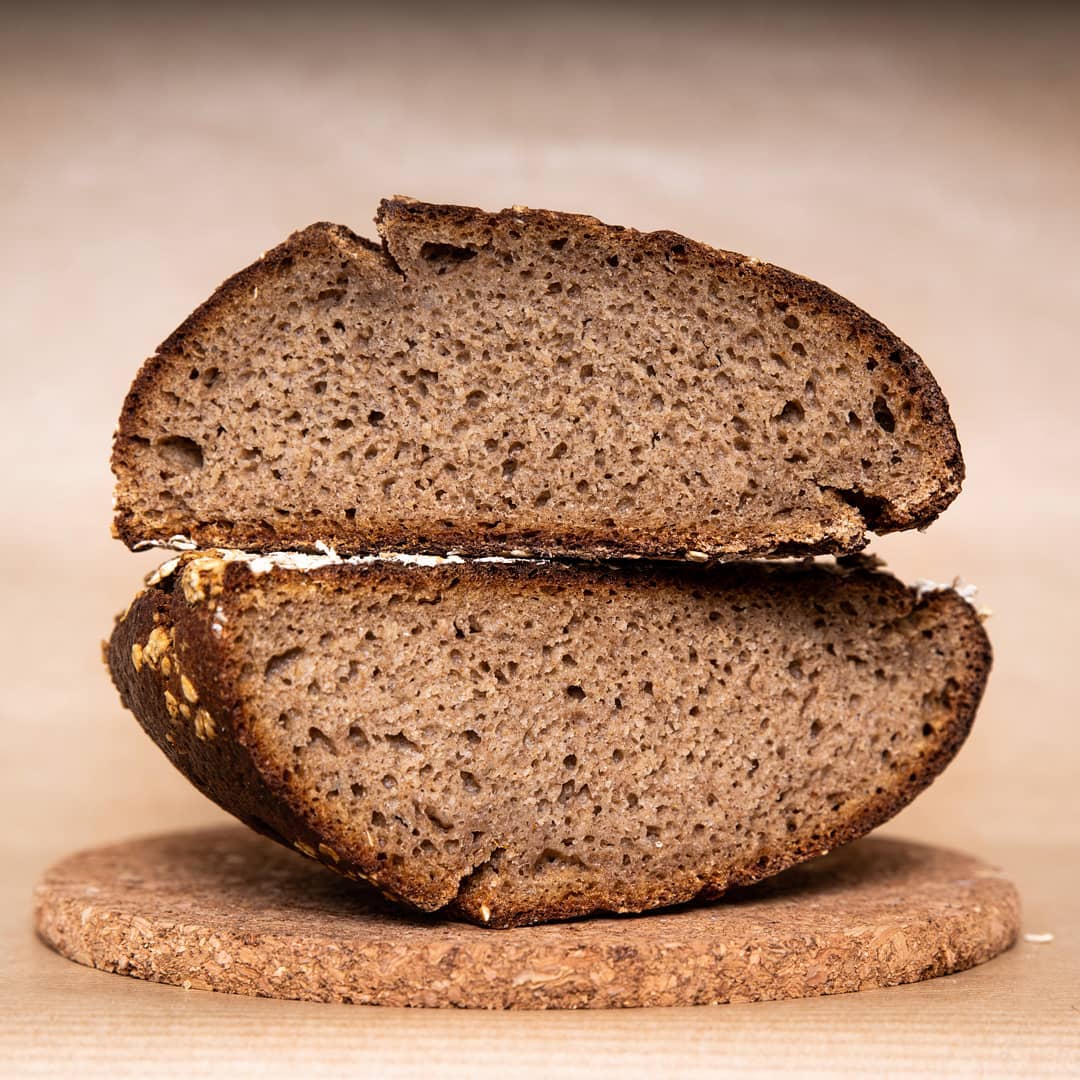I’m just a person who does mycology for fun.
- 36 Posts
- 400 Comments
I’m the opposite, I can tell some really difficult mushrooms apart due to good ol’ hyperfixation but I still know jack about plants and trees.

 5·4 days ago
5·4 days agoDresden Files RPG, vampires and werewolves are a pretty big part of the setting if not exactly the focus.

 21·4 days ago
21·4 days agoI’m here for the rock facts but some of these character designs are super cringe.
I assume the bigwigs wouldn’t let them make an anime about rocks unless it was also about boobs.

 3·5 days ago
3·5 days agoFor a long time, all the inky caps were in Coprinus. Then genetic testing revealed that Shaggy Mane inky caps (Coprinus Comatus and similar big shaggy meaty inky caps) aren’t related to the others, they just evolved the ability to turn to ink independently to take advantage of whatever ecological niche turning to ink gets you (mycologists aren’t really sure). Coprinus is in the Agaricus family (portabellos) while all the others are in the Psathyrella family (small mushrooms with thin brittle stems that no one really pays attention to).
So the big shaggy inkys got to keep Coprinus and the rest got new genera under Psathyrellaceae, one of which is Parasola.
As for the question of edibility, Parasola are likely not toxic but they’re too small for anyone to really consider eating.
The most commonly eaten ex-Coprinus are the Coprinopsis Atramentaria complex which are the ones that make you sick if you have alcohol within a couple days or so of eating them. The real Coprinus don’t react with alcohol.

 4·5 days ago
4·5 days agoIt’s possible but the ones where we can see the underside appear to be deliquescing to ink which is what makes me think Coprinopsis Lagopus group is more likely. It’s difficult to tell for sure without a closeup.
I actually just posted some Parasola this morning.

 5·6 days ago
5·6 days agoIt’s difficult to tell the difference within a section such as between alcohol inkys C. Atramentaria and C. Striata (slightly pointier).
But the C. Lagopus group is pretty different, they’re less than half the size, they’re covered in white hairs when they’re young, and they have flesh so thin that it turns inside out and transparent as the inside starts to turn to ink like you can see in OPs photo.
Compare to this photo from Wikipedia which shows how C. Atramentaria looks when it’s turning to ink (or deliquescing if you’re fancy).


 4·6 days ago
4·6 days agoOP’s mushrooms actually aren’t the same section as the alcohol inkys you had. Nobody really eats the rabbit foot inkys because they’re smaller and have basically no flesh but they don’t react with alcohol the same way.

 14·6 days ago
14·6 days agoThese look like Coprinopsis section Lanatule “Rabbit foot inky caps”. They’re called that because they’re covered in white fuzz when they first pop up.
This one I found has about half the fuzz worn off but it’s enough to get the picture.

It’s a chocolate-flavored sandwich-cookie, not a cookie version of a chocolate sandwich.
Oh cool, you’re close enough to me (Washington) that I can use my local resources to get closer.
Look into Lactarius cascadensis and Lactarius cordovaensis (they may be the same thing).
Paraphrased from Danny Miller https://www.alpental.com/psms/ddd/Lactarius/index.htm
a lilac grey/cinnamon cap that is zoned. It is large, with gills the colour of the cap and a mild taste found under alder. It has watery-white latex that stains tissues pink/purple and a scrobiculate stem.
Those are supposed to be pretty rare, if you’ve still got it, consider drying it and seeing if anyone from a local mycology club is interested in studying it.
You’re missing a very important detail: what part of the world did you find this in?
It seems like it’s something like L. repraesentaneus though the KOH reaction on the cap should have been red. 15-20 minutes should be more than enough time for a KOH reaction but if you waited too long between picking the mushroom and putting the KOH on the cap you may have gotten a false negative.

 5·9 days ago
5·9 days agoWikipedia honestly kind of sucks for mushroom information, the information is very general and they only cover a handful of species.
Region-specific resources are the best but I don’t really know any for your region so I’ll recommend MushroomExpert.com which is a good site for general North American mushroom info. Here’s the page on inkys you may want to check out.

 6·9 days ago
6·9 days agoSo, these mushrooms aren’t really what I would describe as Clitocyboid.
When I think Clitocybe, I think a small to medium fleshy mushroom with a flat or depressed cap and gills that run down the stem. The cap will be fleshy and bald without much ornamentation besides possibly being a little translucent striate around the edge and there likely won’t be any veil.
These are smallish mushrooms with thin insubstantial caps which almost no flesh and stems that look hollow and brittle. The caps are heavy pleated and have an indistinct dark “eye” in the center. I can’t see the gills here but I suspect they don’t run down the stems at all.
I would generally describe that as “mycenoid”. A mycena is generally a small insubstantial mushroom with a heavily pleated cap which is usually bell shaped or conical. They have thin hollow stems and and gills which are usually attached to the stem but don’t run down it much.
So you could start looking at mycena and similar mushrooms but if you took a spore print (or looked carefully at the gills to see if older ones have spore-colored gills or if there’s a colored tint to the shadow between the gills) you might find that these have dark spores. You may also notice that the stems on these are a little wider than one would typically expect from a mycena. In that case you would want to look at the Psathyrella family, specifically the “inky caps” which have heavily pleated caps like mycena.
Most mushrooms people call “inky caps” never really open up like these, they spread their spores by dissolving into ink and letting the liquid carry spores to the surrounding area but there are a few kinds which don’t in genera Coprinellus, and Parasaola/Tuloseus. Both of these genera tend to start out brownish/tan and fade to grey/white with often retaining some of the brown in the center of the cap (often called the “disc”) which sounds a lot like the mushrooms in this photo.
TL;DR: definitely not Clitocybe, possibly Mycena (or something similar), most likely Psathyrellaceae of some sort. Perhaps Coprinellus Disseminatus or some Parasola species.
I think there was a pretty short limit on how far in the future you could write someone’s death.
I’ve had a ragdoll, a bengal, and a bunch of "American Shorthair"s.
That’s called guttation, the humidity in the bag is probably a little high and they’re “sweating” out excess moisture. It’s probably time to cut holes in that one so they can dry out a little.

 21·21 days ago
21·21 days agoThey added an online hub in the first major update but the rest is still true afaik.
In addition to what the other comment said, the point where the veil is about to break is an easy cue to tell you the mushroom has grown as big as it’s going to get and is ready to harvest for maximum freshness.
If these are oysters they won’t have a veil at all (many mushrooms don’t have a partial veil), for those you want to pick them just as the cap is about to flatten out.

 1·21 days ago
1·21 days agoNo they didn’t have dlc, that’s why they sold MHG as a full price disc despite the fact that it was the same game as Monster Hunter with extra content, the same as Iceborne for World or Sunbreak for Rise.











Bonus: the little round plants around the panther cap are Miner’s lettuce, an edible plant which grows during the spring in the Pacific Northwest. I’ve sampled them a couple times but never made an attempt to actually use them in a dish, they taste kinda like green/red leaf lettuce.